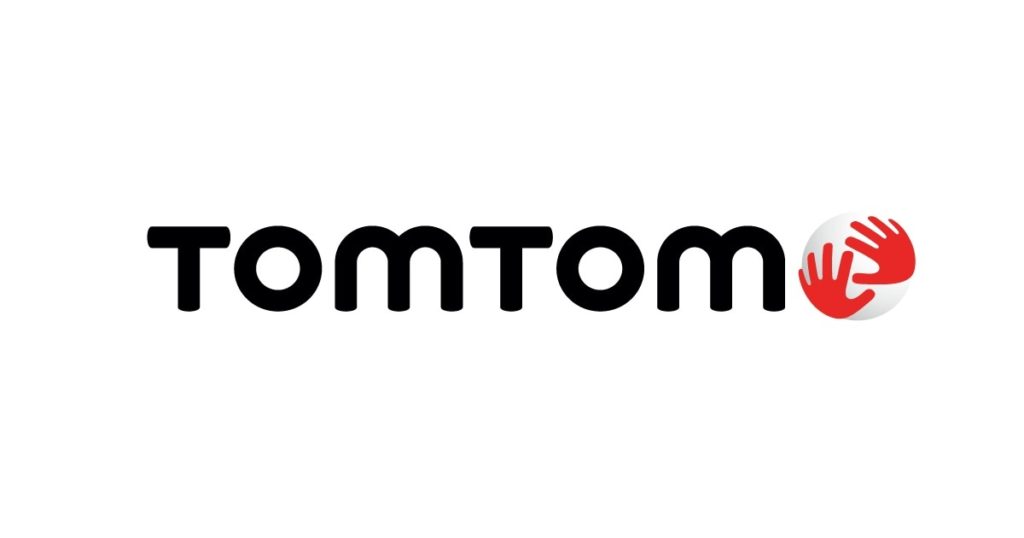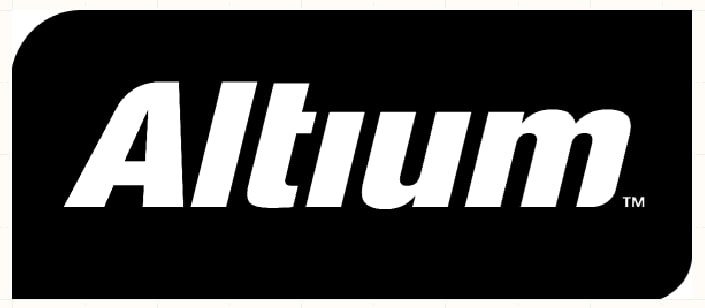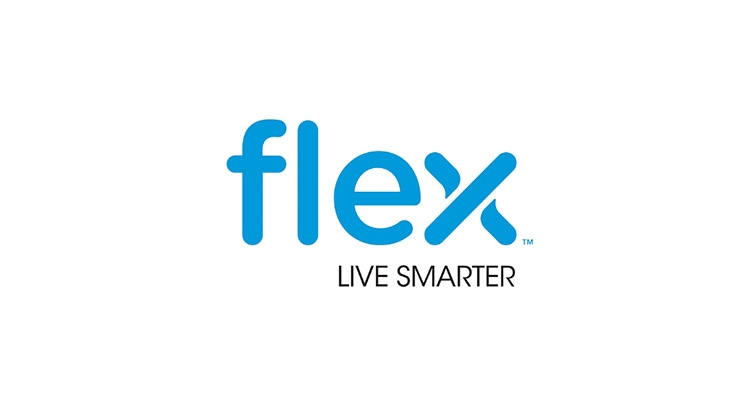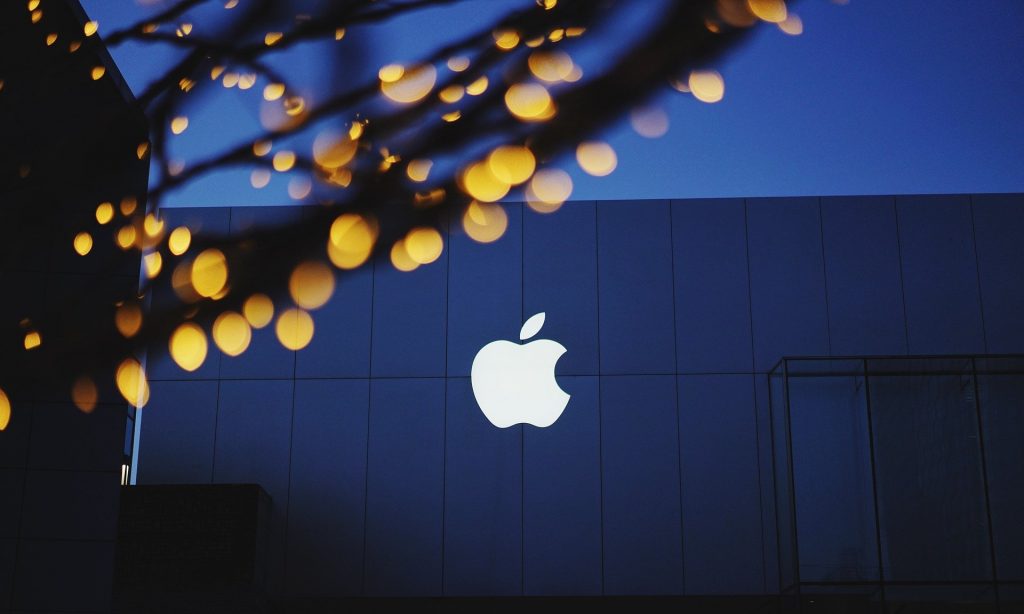TomTom – Leaders In The Navigation As Well As The Consumer Electronics Industry.
Online map and navigation systems are the one revolutionary product that is being used by almost every third person on earth. They use them to locate a restaurant, to be safe when in a different place by sharing their location, or just to reach a certain destination. Though the paper maps have been there for a while, the technology-backed online maps are the most useful in today’s time. The navigation technology has not only helped big organizations like the vehicle manufacturers, Apple or Google (for their navigation software for earnings) but has empowered the common people, too. Today, the common people can independently roam around using those maps in a place, where they have never been before. Apart from the famous Google Maps, these navigation technologies are available with Apple, Bing, Here, Jawg and MapBox, etc. Most of the automobile companies are also including navigation systems into their vehicles, one big example includes the electric car manufacturer Tesla. Having navigation at one’s fingertips is the work of companies like TomTom. TomTom is a multinational Dutch company that is one of the leaders in the navigation as well as the consumer electronics industry. Apple’s maps app is also empowered by TomTom’s navigation data.
About the Company
TomTom is a thirty years old company, founded in 1991 and has its headquarters based in Amsterdam. The company started as a software developer (meter reading and bar-code reading) for corporate handheld devices (palmtop, mobile phones). But by end of the 90s, it started to focus on satellite navigation software development. Today, the company is counted among the leading navigation software developers. The company is a publically traded company and trades on Amsterdam Stock Exchange. In the past thirty years, the company has grown to have over 4500 employees. As per the 2019 records, TomTom made annual revenues worth 701 million, and its estimated operating income was € 56 million.

The Back Story
Corinne Vigreux, Peter-Frans Pauwels and Pieter Geelen founder TomTom as Palmtop Software in 1991 in Amsterdam. As the name suggests, the company started to develop software for corporate handheld devices, such as the meter reading and bar-code reading software. The company mainly focused on developing the Psion devices software. In fact, TomTom had partnered with Psion and developed EPOC32. Along with that, the company also released its first map software a route planning application in 1996 that worked on mobile devices. By the end of the 90s, TomTom had developed mapping software like EnRoute, Citymaps, and Routeplanner, etc.
In 2001, with a name change from Palmtop Software to TomTom, the company also released its first car satellite navigation software named TomTom Navigator. Later, in 2004, the company added a new feature, a subscription-based traffic update service to TomTom Navigator. In the same year, the company also released TomTom Go, a personal navigation device for common people.
TomTom went public on the Amsterdam Stock Exchange in 2005 and valued at approximately €50 million. The next year, the company introduced water-proof navigation devices for motorcycle users and also, added the text-to-speech feature for road names to its existing navigation software. In 2007, TomTom partnered with Vodafone to develop a real-time traffic data service for its consumers. The very feature was also released for the Netherlands, and in further years it reached the other countries, including the United Kingdom, France, Germany, and Switzerland. TomTom released its software for iPhone in 2009, and for Android, the software came in 2015.
2013, the company released a GPS sports watch named TomTomRunner, the next year, it came with the Runner Cardio GPS, and in 2015, it brought a new action camera named Bandit. By 2018, TomTom had bagged a contract from Apple to be its main GPS data supplier for Apple’s map app. TomTom reported in 2019 that it had earned over 800 million users for its various software and devices. Apart from Apple using TomTom maps data, the company’s main clients from the auto industry include Volvo, Nissan, Fiat Chrysler, Porche, Lamborghini, Bentley, etc.
In the past thirty years, TomTom has also made some strategic acquisitions that have been an additional benefit for its growth. Companies acquired by TomTom include Datafactory AG (2005), Applied Generics (2006), Tele Atlas (2008), etc.
The CEO at TomTom
Harold Goddijn is one of the founders and the CEO of TomTom. He is a native of the Netherlands and was born on 23 April 1960 in Oegstgeest, Netherlands. Goddijn is an Economics graduate from the University of Amsterdam and started his career at a venture capital firm. Later in 1989, he founded Psion Netherlands BV, becoming the managing director of Psion Computers. Goddijn left the company to full-time join Palmtop Software in 1999. With the name change of Palmtop to TomTom, Goddijn became the CEO of the company in 2001.

Yashica is a Software Engineer turned Content Writer, who loves to write on social causes and expertise in writing technical stuff. She loves to watch movies and explore new places. She believes that you need to live once before you die. So experimenting with her life and career choices, she is trying to live her life to the fullest.




